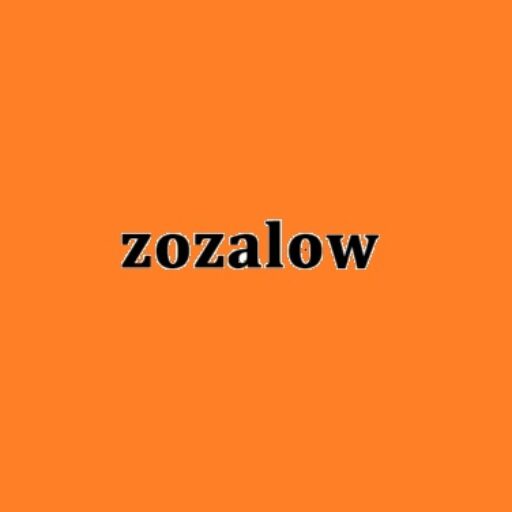In today’s dynamic and fast-paced work environment, the need for continuous learning and skill development is more crucial than ever. Organizations and individuals alike are faced with the decision of whether to opt for formal or informal training methodologies. Each approach has its own set of advantages and drawbacks, and the choice between the two depends on various factors such as organizational goals, learner preferences, and the nature of the skills to be acquired. This article delves into the nuances of formal and informal training, helping you make an informed decision tailored to your specific needs.
Formal Training: A Structured Approach
1. Definition: Formal training refers to organized, structured learning programs typically delivered through classrooms, workshops, online courses, or certified programs. It follows a predetermined curriculum and often leads to a recognized qualification or certification.
2. Advantages:
- Structured Content: Formal training ensures a systematic and organized delivery of content, covering a predefined set of skills or knowledge.
- Certification: Participants often receive a formal certification upon completion, adding credibility to their skills.
- Consistency: All participants receive the same information, ensuring consistency in knowledge acquisition.
3. Disadvantages:
- Rigidity: Formal training can be rigid, making it challenging to adapt to the specific needs and pace of individual learners.
- Costs: Implementation and maintenance of formal training programs can be expensive, involving costs for materials, trainers, and facilities.
Informal Training: The Power of Experience
1. Definition: Informal training encompasses learning through day-to-day experiences, interactions, and self-directed initiatives. It is often spontaneous, unstructured, and occurs without a predefined curriculum.
2. Advantages:
- Flexibility: Informal training allows for flexibility, adapting to the learner’s pace and addressing individual needs.
- Cost-Effective: It is often more cost-effective, relying on existing resources and leveraging the knowledge within the organization.
- Real-World Application: Learning occurs in the context of real-world situations, promoting practical application of skills.
3. Disadvantages:
- Lack of Formal Recognition: Informal training may not provide recognized certifications, potentially affecting the perceived credibility of acquired skills.
- Inconsistency: Since it lacks a structured curriculum, the consistency of knowledge across learners might vary.
Explore more about Tallyman Axis and get updated.
Choosing the Right Approach
1. Consider the Learning Objectives:
- For specific, standardized skills, formal training may be more suitable.
- Informal training is ideal for skills that require constant adaptation and real-world application.
2. Assess the Audience:
- Consider the preferences and learning styles of the target audience.
- Formal training may be preferred by those who thrive in structured environments, while informal training suits self-directed learners.
3. Budgetary Constraints:
- Evaluate the available budget for training initiatives.
- If cost-effectiveness is a priority, informal training might be a more viable option.
4. Blend Both Approaches:
- A blended learning approach, combining formal and informal elements, can offer the best of both worlds.
Conclusion: In the ongoing debate between formal and informal training, there is no one-size-fits-all solution. The key lies in understanding the unique needs of your organization or individuals and crafting a learning strategy that aligns with those needs. Whether you choose the structured path of formal training or the adaptive nature of informal learning, the ultimate goal is to foster continuous growth and development. The decision is not about which is superior but about finding the right balance that propels learners toward success in a rapidly evolving professional landscape.
